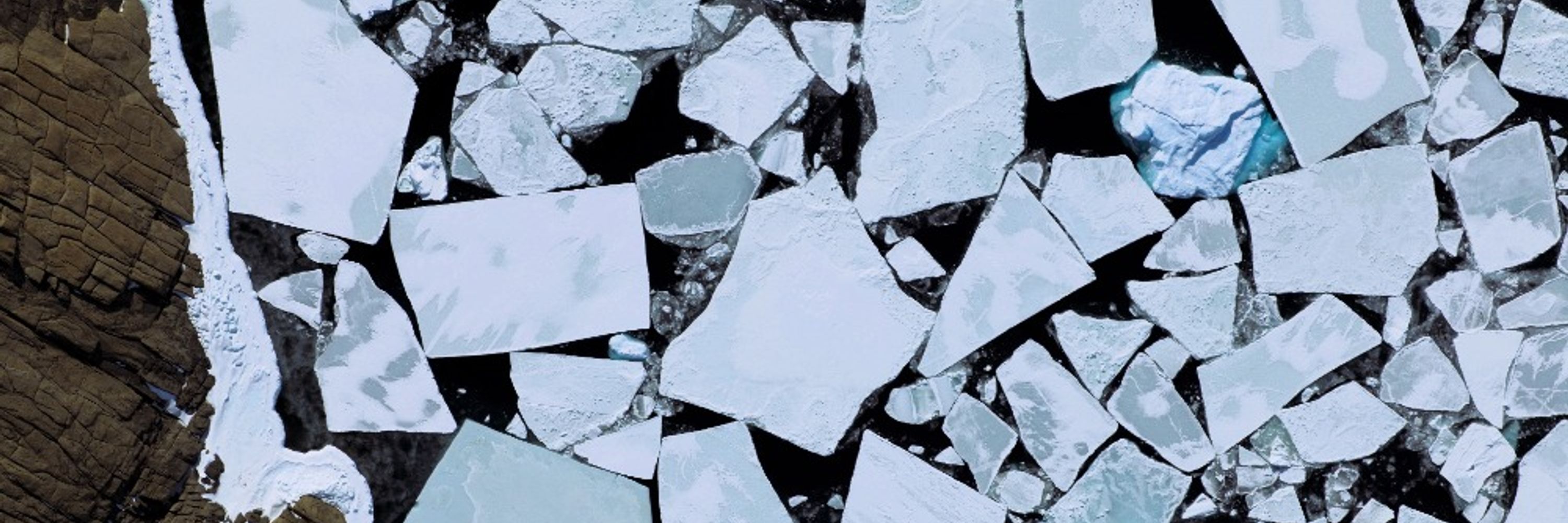
Australian Antarctic Program Partnership
@antarctic.bsky.social
To protect Antarctica and the Southern Ocean is to protect our future on this planet. In this critical decade for action, our science explores the role of the Antarctic region in the global climate system. Led by @utas.edu.au.
🔗 aappartnership.org.au
🔗 aappartnership.org.au
3/ This year-long visualisation of PACE chlorophyll data shows areas with high chlorophyll concentration in red and yellow, medium chlorophyll in green and low chlorophyll in blue and purple. This covers one year, revealing the seasonal cycle of phytoplankton activity.
November 11, 2025 at 3:15 AM
3/ This year-long visualisation of PACE chlorophyll data shows areas with high chlorophyll concentration in red and yellow, medium chlorophyll in green and low chlorophyll in blue and purple. This covers one year, revealing the seasonal cycle of phytoplankton activity.
1/ More than 600km above 🌏, NASA's PACE (standing for Plankton, Aerosol, Cloud, Ecosystem) satellite is in a polar orbit. Covering the globe in about two days, it gathers data on ocean colour, aerosols, and clouds enabling the study of climate change and ocean ecosystems.
November 11, 2025 at 3:15 AM
1/ More than 600km above 🌏, NASA's PACE (standing for Plankton, Aerosol, Cloud, Ecosystem) satellite is in a polar orbit. Covering the globe in about two days, it gathers data on ocean colour, aerosols, and clouds enabling the study of climate change and ocean ecosystems.
🌊⚠️ "Understanding and predicting marine-terminating glacier instability presents one of the greatest challenges to forecasting future sea level rise" — case of the Hektoria Glacier in #Antarctica, which retreated ~25 km from Jan 2022 to March 2023.
Research briefing @nature.com ▶️ rdcu.be/eN9DL
Research briefing @nature.com ▶️ rdcu.be/eN9DL
November 4, 2025 at 5:12 AM
🌊⚠️ "Understanding and predicting marine-terminating glacier instability presents one of the greatest challenges to forecasting future sea level rise" — case of the Hektoria Glacier in #Antarctica, which retreated ~25 km from Jan 2022 to March 2023.
Research briefing @nature.com ▶️ rdcu.be/eN9DL
Research briefing @nature.com ▶️ rdcu.be/eN9DL
🌊 We work to turn our research @utas.edu.au into real-world impact, to inform decision-making that recognises the centrality of #Antarctica and the Southern Ocean to the global climate system.
A special report (best viewed on a large screen or laptop) ▶️ aapp.shorthandstories.com/research-and...
A special report (best viewed on a large screen or laptop) ▶️ aapp.shorthandstories.com/research-and...
October 31, 2025 at 2:56 AM
🌊 We work to turn our research @utas.edu.au into real-world impact, to inform decision-making that recognises the centrality of #Antarctica and the Southern Ocean to the global climate system.
A special report (best viewed on a large screen or laptop) ▶️ aapp.shorthandstories.com/research-and...
A special report (best viewed on a large screen or laptop) ▶️ aapp.shorthandstories.com/research-and...
🌀The stratospheric polar vortex is a belt of high-speed cyclonic winds around 12-20km high over the poles. When temperatures in the stratosphere – which contains the ozone layer – start rising in the southern spring, the ozone hole over the Antarctic grows.
2025 ozone: @copernicusecmwf.bsky.social
2025 ozone: @copernicusecmwf.bsky.social
September 26, 2025 at 6:32 AM
🌀The stratospheric polar vortex is a belt of high-speed cyclonic winds around 12-20km high over the poles. When temperatures in the stratosphere – which contains the ozone layer – start rising in the southern spring, the ozone hole over the Antarctic grows.
2025 ozone: @copernicusecmwf.bsky.social
2025 ozone: @copernicusecmwf.bsky.social

